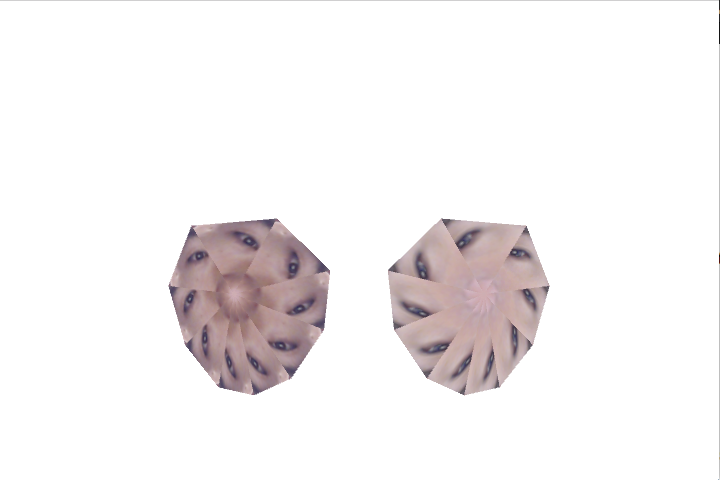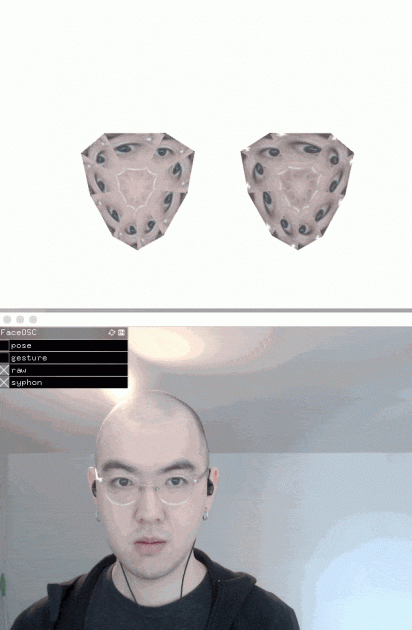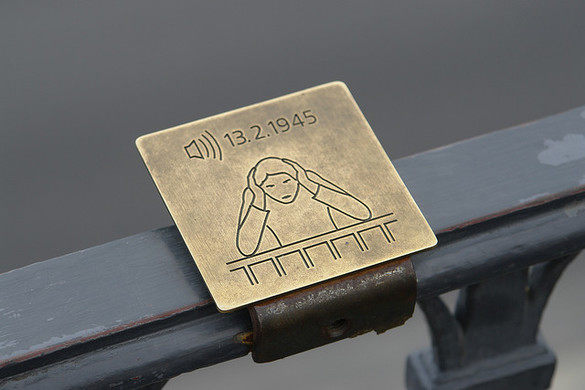It is partly an audio visual performance and partly trying to reflect on the famous excerpt from Dziga Vertov’s Man with a Movie Camera that was included in John Berger’s Ways of Seeing TV show. In both works, they are trying to analyse “seeing” and how camera change the way we see.

I settled on the cropped eyes because they always look eerie and intriguing to me, the false sense of eye-contact, the information we can extract out of it or project on it. This is a performance of my eyes watching John Berger’s Ways of Seeing introducing Dziga Verrtov’s Man with a Movie Camera, reflecting on what the “mechanical eye” has become, controlling two masks with my two eyes, and trying to make it interesting.

Credits:
Music: Neu! – Super 16
Voice: John Berger – Ways of Seeing



